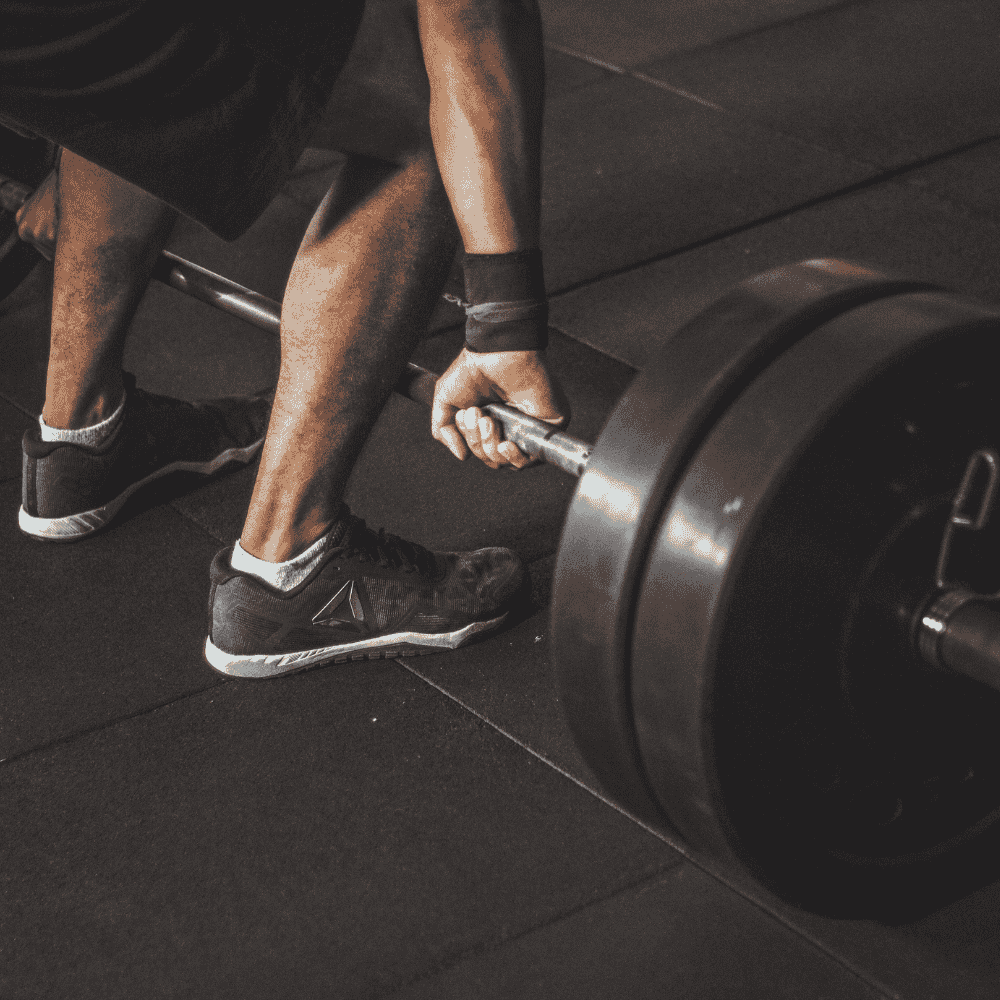Are you ready to take your yoga practice to the next level?
Look no further than the yoga wheel! Whether you're a seasoned yogi or just starting out, incorporating a yoga wheel into your routine can enhance flexibility, improve balance, and deepen your stretches.
In this guide, we'll walk you through everything you need to know about using a yoga wheel effectively.
What is a Yoga Wheel?
First things first, let's talk about what exactly a yoga wheel is. A yoga wheel is a circular prop made of sturdy material, usually wood or plastic, that resembles a large wheel.
It typically has a slightly curved surface that provides support and stability during yoga poses and stretches.

Choosing the Right Yoga Wheel
When selecting a yoga wheel, there are a few factors to consider. Look for a wheel that is made of high-quality, durable material and can support your body weight comfortably.
Additionally, consider the size of the wheel – smaller wheels are ideal for beginners or those with limited flexibility, while larger wheels offer more support and stability for advanced practitioners.
Safety First
Before diving into your yoga wheel practice, it's essential to prioritise safety. Start slowly and listen to your body – never force yourself into a pose that feels uncomfortable or painful.
If you have any existing injuries or medical conditions, consult with a healthcare professional before using a yoga wheel.
Remember to breathe deeply and engage your core muscles to maintain stability throughout your practice.
Basic Poses and Techniques
Now that you're ready to begin, let's explore some basic poses and techniques you can try with your yoga wheel:
Backbends: Place the yoga wheel under your mid to upper back and gently roll backward, allowing the wheel to support your spine as you open up your chest and shoulders.
Forward Folds: Sit on the floor with your legs extended in front of you and place the yoga wheel under your feet. Slowly lean forward, reaching for your toes while keeping your spine straight.
Hip Openers: Lie on your back with your knees bent and feet flat on the floor. Place the yoga wheel under one foot and gently roll the leg outward, allowing the wheel to support your hip as you deepen the stretch.
Balance Poses: Challenge your balance and stability by incorporating the yoga wheel into standing poses such as Tree Pose or Warrior III.
Advanced Practices
Once you feel comfortable with the basic poses, you can start exploring more advanced practices with your yoga wheel. Experiment with inversions, arm balances, and creative transitions to take your practice to the next level.
Remember to always approach these poses mindfully and with caution, and never push yourself beyond your limits.










